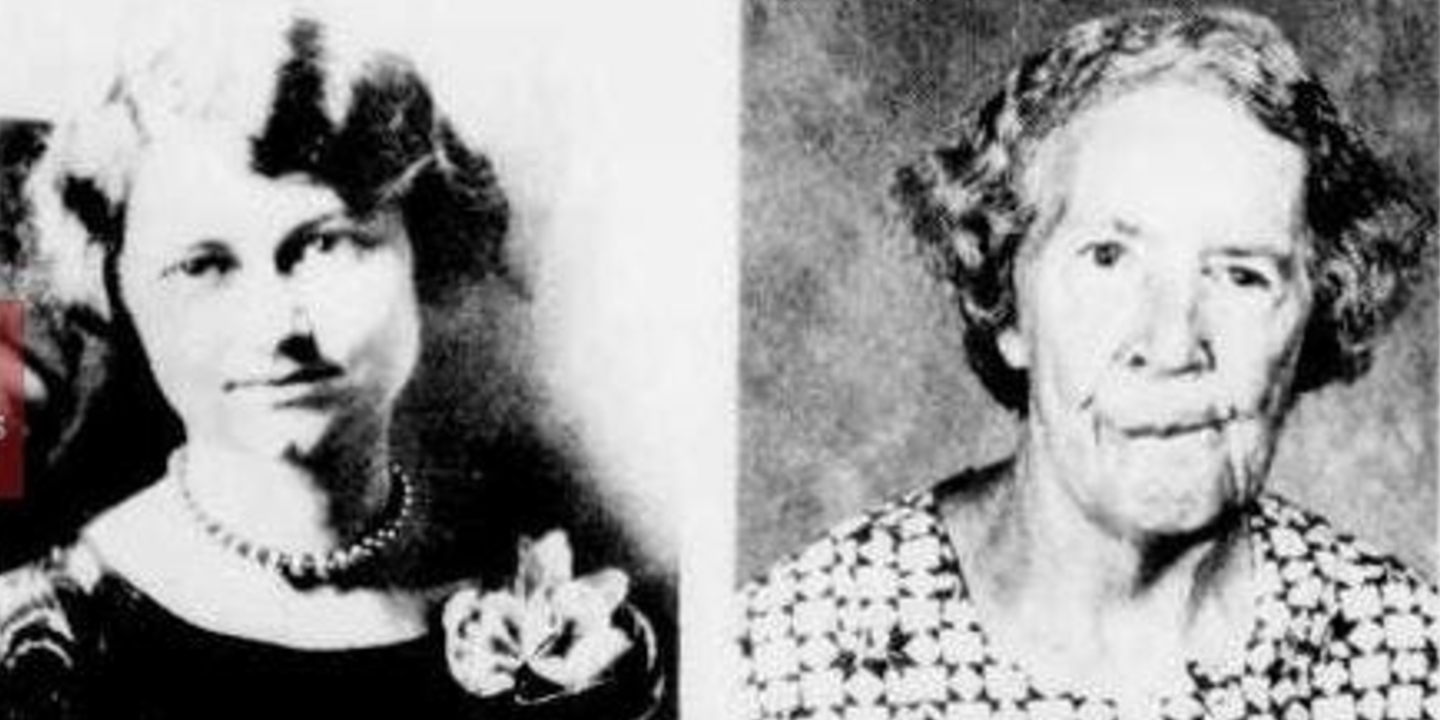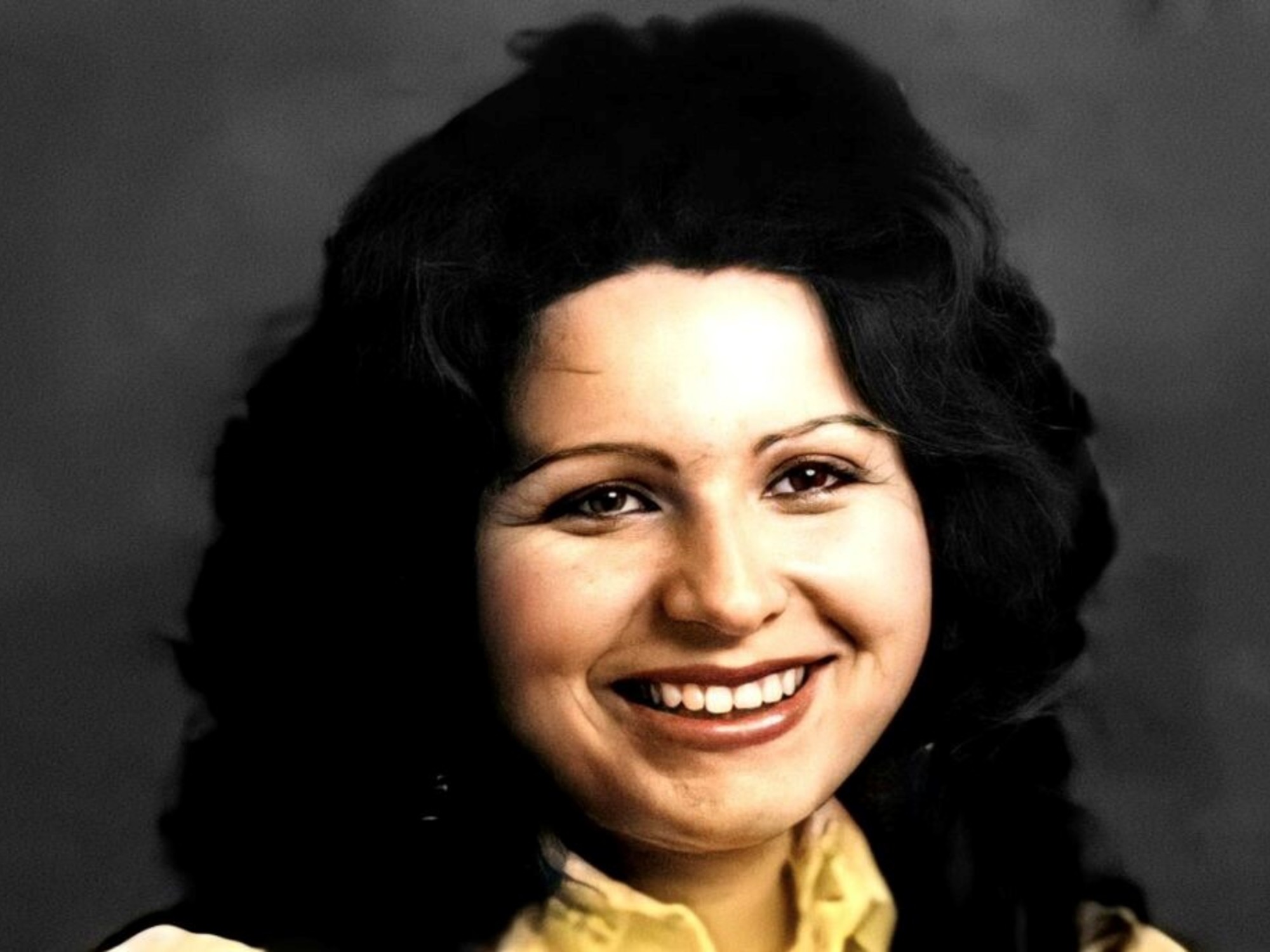Looking Cool Since 3,500 BCE
Tattooing has been around forever and has often played an important role in cultures around the world. While often seen as impure in colonial communities, the mindset around tattoos has changed greatly, and today, at least 32% of Americans have at least one tattoo.
1. What For?
Many ancient civilizations used tattoos for religious beliefs, protection from evil, as a proclamation of love, status signifier, punishment, or just because they looked cool. Cultures that have archeological evidence of tattoos include Siberian nomads, Indigenous Polynesians, Nubians, Native South Americans, and Greeks.
2. Ancient Egypt
The Egyptians are widely considered to be the world’s first tattooers, with tattoos showing up on mummies dating back to the 3000s BCE. Before this discovery, it was believed that the practice of tattooing only showed up in Africa in the 2000s BCE.
 The original uploader was Kobsev at Russian Wikipedia. on Wikimedia
The original uploader was Kobsev at Russian Wikipedia. on Wikimedia
3. Özti
The Iceman was discovered back in September 1991, and is carbon-dated to the 3200s BCE. The discovery of his body offered more insight into the Copper Age of Europeans. It was likely that Ötzi was born in 3275 BCE in Italy, dying around 45 years old due to either exposure or as a ritual sacrifice.
4. The Technology
We’re most familiar with the tattoo gun today, but ancient civilizations obviously didn’t have that kind of tech. Before the tattoo gun, it was common to use rotary technology. Ancient civilizations used needles, thorns, or bones to puncture the skin.
5. Legal Battles
Many individuals have been caught thanks to accidental tattoo reveals. For instance, Chicago mass murderer Richard Speck was busted thanks to a doctor seeing his “Born to Raise Hell” tattoo.
6. Some Funky Patterns
Many ancient Egyptian and Nubian women incorporated blue dots across their faces, abdomens, thighs, breasts, and chests. The tattoos likely represented fertility and protection during pregnancy.
 Stories & Ink Tattoo Care on Unsplash
Stories & Ink Tattoo Care on Unsplash
7. Qing Dynasty
The first instance of marking individuals for punishment was in 947 BCE. The Qing dynasty decreed that facial tattooing was one of the Five Punishments, forcing individuals to become social outcasts.
8. Espionage
The ancient Greeks actually used tattoos as a form of communication among spies. They would tattoo a secret message onto a slave’s shaved head, only sending them out to deliver the message after their hair grew back.
9. John O’Reilly
This famous Celtic was alive during the 1800s and was nicknamed the Tattooed Irishman. He was tattooed from head to toe, thanks to his brother Samuel O’Reilly. John actually fought as a boxer, but was disliked in the media due to his ink.
10. Ancient Healing Practice
We know that the most annoying part about getting a tattoo is the first two weeks after the fact, when you have an itchy, flaky, open wound that you can’t even scratch. In ancient civilizations, ingredients such as honey, sulfur, charcoal, or other herbs were used to avoid infection.
1. Tebori
Tebori originated in Japan’s 17th-century Edo era. The practice involves manually inserting ink with a long rod with needles attached to the end. Like all tattoo practices, tebori requires a stable and precise hand.
2. Stick-and-Poke
This style of tattooing dates back to 5,300 BCE and was practiced around the world. While originally used as a method of medical treatment, intensity, or status, stick-and-pokes have more modern connotations with punk scenes or prison systems.
3. Tātau
Practiced among Polynesian cultures, particularly Samoans, this style of tattoo is used for rites of passage, connection to ancestors, and a person’s place within the social hierarchy. The style gets its name from the tapping sound made by a hand-tapping tool called an ‘au.
4. Traditional
Trad tattoos gained popularity in the late 19th and early 20th centuries through the influence of American sailors, soldiers, and circus performers. The bold lines and familiar imagery became closely associated with military service or a life on the water.
5. Tā Moko
This traditional Māori tattoo style was originally used to symbolize an individual's lineage, social status, and achievements. It differs from other Polynesian styles, as a bone chisel is used to cut grooves instead of puncturing the skin. This style was banned in 1907 due to colonialism, but has recently gained popularity as a means of reclaiming the Māori identity.
 Gottfried Lindauer on Wikimedia
Gottfried Lindauer on Wikimedia
6. Wabori
This style of tattoo dates back to 10,000 BCE in ancient Japan. The style is inspired by Japanese woodblock prints, and usually covers large portions of the body. The style was banned in the 19th century, only becoming legal again in 1948.
 Unknown authorUnknown author on Wikimedia
Unknown authorUnknown author on Wikimedia
7. Sak Yant
This tattoo style originates from Southeast Asia, most likely Cambodia. It was believed that you would receive magical benefits after receiving this tattoo, and the style often includes designs of animals, deities, and geometric patterns.
 Sakyant at English Wikipedia on Wikimedia
Sakyant at English Wikipedia on Wikimedia
8. Kakiniit
This style of tattoo is widely practiced by the Inuit peoples, most commonly among women. This style focuses predominantly on the face, consisting of dots, zig-zags, shapes, and lines. It was considered an important part of a girl’s transition into an adult woman, and they were not allowed to marry until they received their tattoos.
9. Batek
This traditional practice comes from Filipino cultures. Tapping a piece of sharpened bone or wood into the skin, the tattoos often represent life, guidance, healing, or hope, although they could also be used as milestones for big life events.
10. Godna
This ancient Indian style of tattooing was traditionally practiced by women. It was meant to distinguish tribal women from one another, or to represent purity. Unfortunately, they were also used as a punishment, marking prisoners or illiterate women in various communities.
KEEP ON READING

The 10 Youngest Monarchs In History & The 10 Oldest
Age Is Just A Number. Imagine being crowned king or…
By Chase Wexler Mar 11, 2025
Written By The Victors: 20 Names History Books Tried To…
History’s Forgotten Figures. It is said that history is written…
By Farva Ivkovic Jun 23, 2025
Writing On The Wall: 20 Fascinating Hieroglyphics Throughout History
A Language Carved To Last. Hieroglyphics are unique, ancient writings.…
By Chase Wexler May 29, 2025
Women At War: 20 Fierce, Fearless, & Famous Female Fighters
How Many Of These Women Warriors Do You Know?. History…
By Emilie Richardson-Dupuis Aug 14, 2025
The Woman Without A Name
Mary Doefour was the woman without a name. In 1978,…
By Robbie Woods Dec 3, 2024
The Woman With Toxic Blood
One night in 1994, Gloria Ramirez reported to the ER.…
By Robbie Woods Jan 6, 2025
















